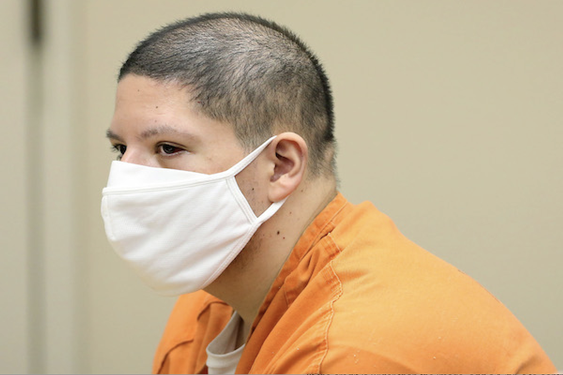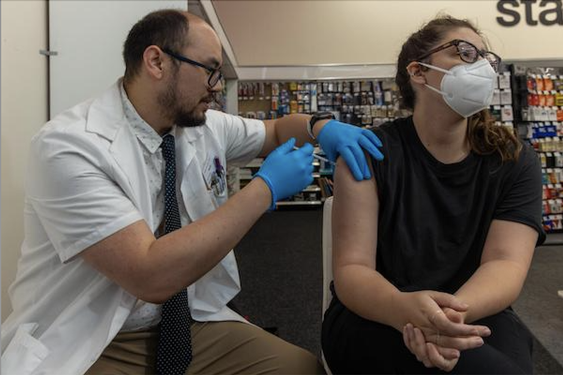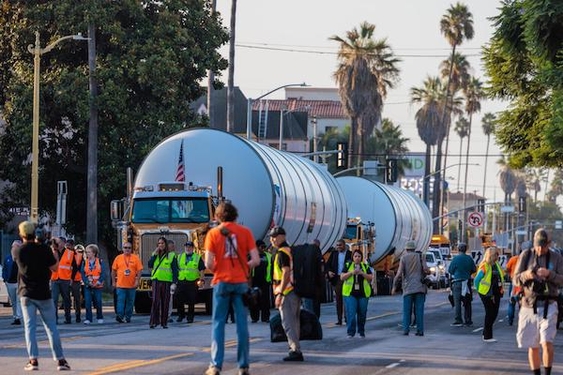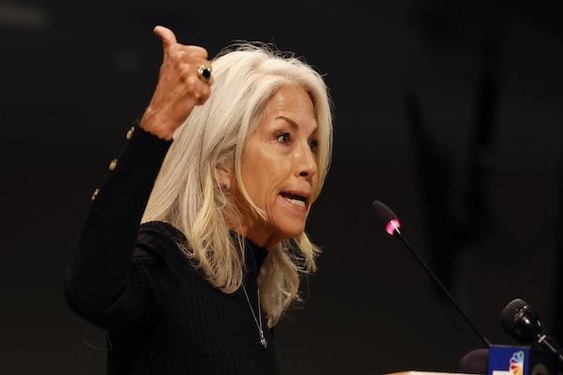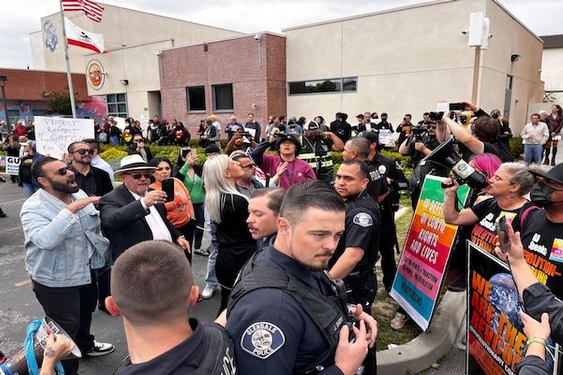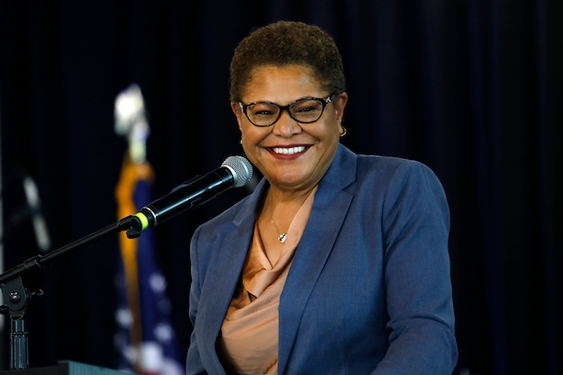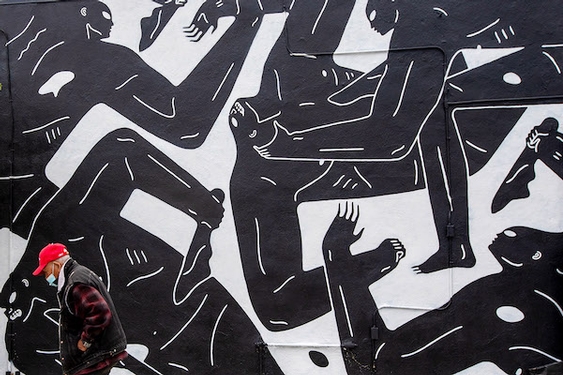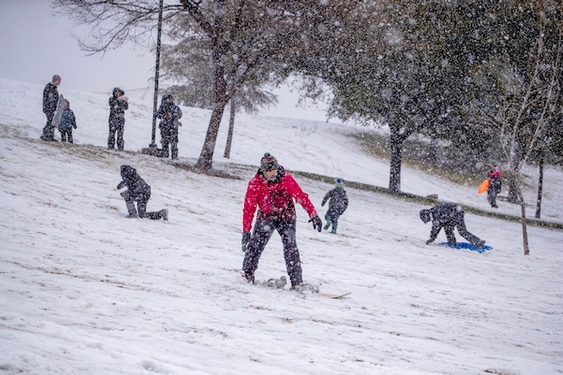While the number of daily COVID-19 deaths has fallen dramatically in California in the past few months, the state's death toll has become the third highest in the nation and is on the cusp of another grim milestone: 17,000 lives lost to the virus.
California ranks behind only New York and Texas in total deaths linked to the coronavirus, according to data compiled by the Los Angeles Times.
When adjusted for population, however, the state is in the middle of the pack nationally. Twenty-six other states have seen more COVID-19 deaths per 100,000 residents than California, including much-smaller ones like North Dakota, Delaware, Rhode Island, Louisiana and Iowa.
The state has averaged roughly 57 daily deaths over the last week, a far cry from late July and early August, when daily death tolls regularly exceeded 150.
As the number of confirmed coronavirus cases topped 40 million worldwide on Monday, California continues to lead the nation, with more than 875,000 cases reported.
But in a sign the virus may have plateaued in the state, the seven-day average of new cases has dropped below 3,000, according to the latest state data, and the positivity rate _ the percentage of those tested who are found to be infected _ has been 2.5% for the last two weeks. This is the first time the seven-day average has been under 3,000 since mid-June, according to Times data.
As California marks the seven-month anniversary of Gov. Gavin Newsom's original stay-at-home order, officials and residents alike find themselves balancing the desire to return to wider normalcy with the fear that doing too much too fast could force a fallback to more stringent restrictions on businesses and activities.
Of particular concern now are Halloween and Dia de los Muertos. Such seasonal celebrations can typically entail interactions among numerous households, which public health officials say could worsen the spread of the virus.
In light of the potential risks, some areas such as Beverly Hills have decided to prohibit house-to-house trick-or-treating and car-based "trunk-or-treating" this year. Neither the state nor Los Angeles County has gone that far, though both recommend against it.
Public health officials continue to emphasize that personal responsibility _ perhaps more so than any policy decision _ will chart the future path of the pandemic.
"To slow community spread of COVID-19 in our county, we must all partner together," L.A. County Public Health Director Barbara Ferrer said in a statement. "Businesses and residents must do their part and adopt the infection control measures that we know to be effective. Each of us has the opportunity every single day to make the right choices for our health and the health of those around us."
More than 288,000 coronavirus infections have been confirmed in L.A. County to date, and almost 6,900 people have died.
The county remains in the strictest category of the state's four-tier reopening system _ Tier 1, or purple _ because it continues to report more than seven cases per 100,000 residents each day.
That means many businesses and public facilities either cannot operate indoors or can do so only at a strictly limited capacity.
"If we work together to limit transmission and slow the spread of COVID-19, not only will the county move to a less restrictive tier that allows us to consider additional reopenings, we will save lives," Ferrer said.
L.A. is one of 10 California counties currently in the most restrictive reopening tier. The others are San Bernardino, Imperial, Tulare, Monterey, Madera, Sonoma, Mendocino, Glenn and Tehama.
Officials have recently cautioned that San Diego County's case rate is trending in the wrong direction _ putting the region at risk of backsliding into that category too.
"We must bring our numbers down, and the only way to do that is to limit our contact with people outside our households," Dr. Wilma Wooten, the county's public health officer, said in a statement. "San Diegans who need to be out in public should wear a mask and maintain their distance from people outside their household. Avoid large crowds or gatherings to prevent getting or passing the virus."
The state will update its tier assignments Tuesday.
___
(Los Angeles Times staff writer Esmeralda Bermudez contributed to this report.)
___
(c)2020 Los Angeles Times
Visit the Los Angeles Times at www.latimes.com
Distributed by Tribune Content Agency, LLC.



